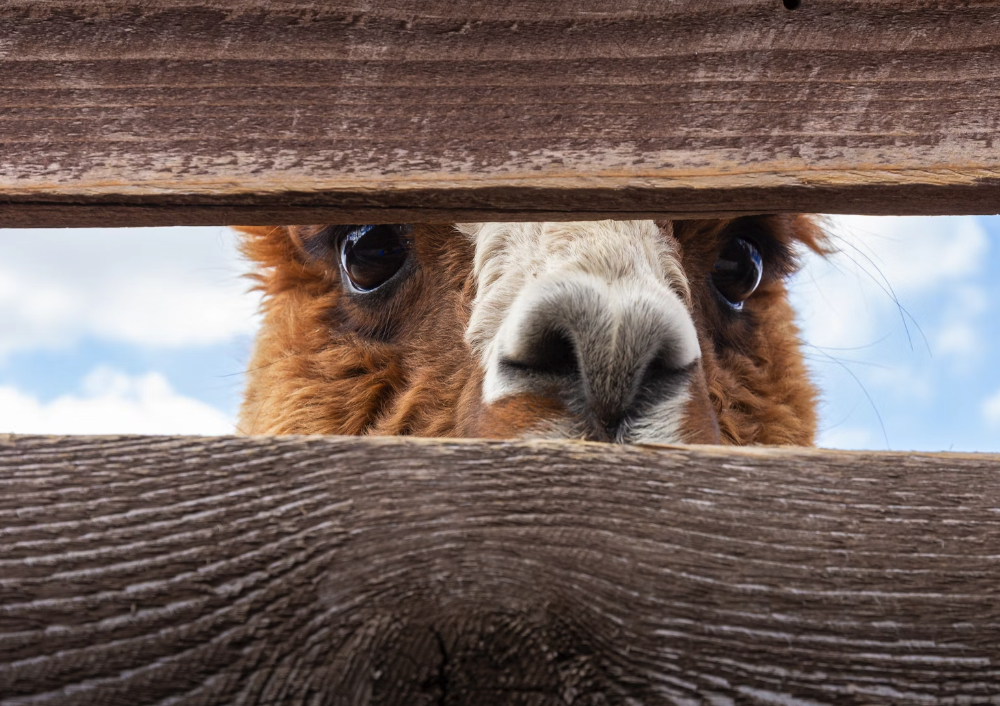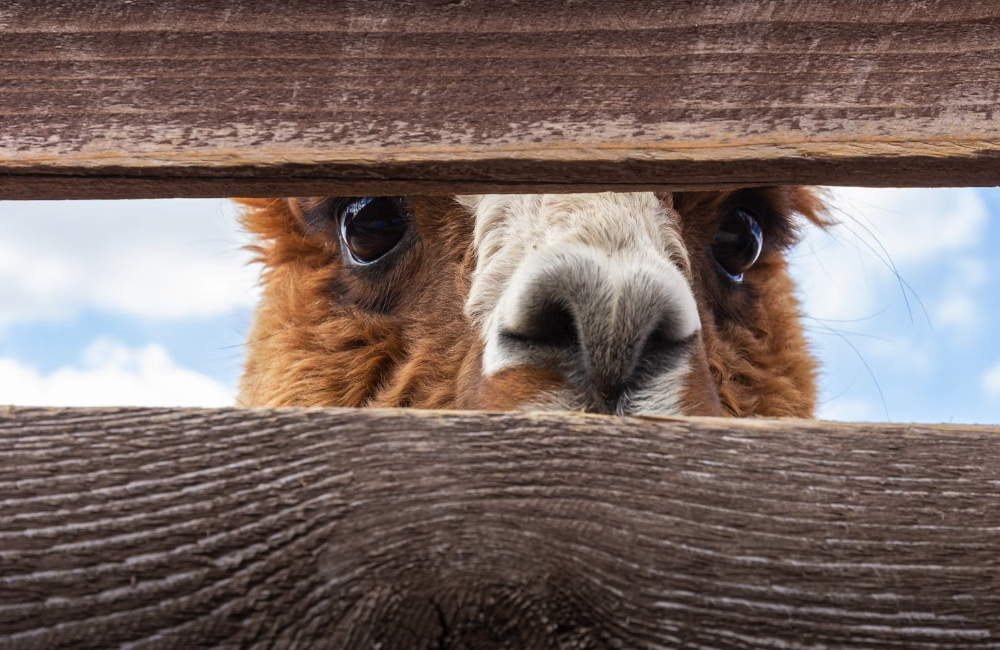By Anita Martin
The month of June has been busy when it comes to bird flu.
While fewer than 500,000 birds in domestic flocks have died last month from avian flu as compared to April’s losses (more than 8.5 million) and May (nearly 6 million), by no means has bird flu taken a break this summer.
During the month of June alone, 20 states saw detections in poultry livestock flocks (largely commercial turkey meat birds), wild birds, dairy milking cattle, and/or other mammals. More than 50 dairy herds in seven states became infected with H5N1 virus in a 30-day period alone, bringing the total number of dairy cow herds infected since March to more than 130 herds of varying sizes, from 45 to 10,000.
Additionally, agriculture experts and others say for a variety of reasons, the outbreaks in dairy cattle throughout the country may be significantly underreported.
This nefarious virus, which has been around for about 20 years in numerous countries and deemed by some sources as somewhat “defanged” over time, is gaining teeth again and striking an unprecedented number and range of hosts. Information about the subject from Dr. Lynn C. Klotz and the Bulletin of the Atomic Scientists is here: https://armscontrolcenter.org/wp-content/uploads/2017/04/The-Beat-Goes-On-reorganized-v-8-10-2023.pdf.
Bird flu infected alpacas, bald eagles, black vultures, cracklings, crows, domestic cats, herring gulls, house mice, house sparrows, mourning doves, ravens, red foxes, raccoons, red-tailed hawks, striped skunks, starlings, and turkey vultures within the last two months. For reasons which are unclear, many of the diseased animals that were collected in December 2023 as well as during January, February, and March of this year were first listed as confirmed cases the last week.
The latest mammal detections are found on Page 33 of the following document: https://www.aphis.usda.gov/livestock-poultry-disease/avian/avian-influenza/hpai-detections/mammals.
The most recent go-round of infected species did not include any confirmed H5N1 avian influenza cases in Wisconsin, however, we know that most, if not all, of the aforementioned species make their homes in our area, which is why we all need to stay informed and be alert.
What about alpacas?
In May, the USDA announced that bird flu was detected for the first time in alpacas on a U.S. farm. The Idaho location which lost 22% of its herd reportedly had experienced infected birds, which interacted closely with the animals, a couple weeks earlier. Information regarding the alpaca infections is here: Highly Pathogenic Avian Influenza (HPAI) H5N1 Detections in Alpacas | Animal and Plant Health Inspection Service (usda.gov).
Alpacas, like llamas, are members of the camelid (camel) family, and according to the Alpaca Owners Association, Inc., more than 260,000 registered alpacas currently reside in the United States. Wisconsin Agriculture Statistics indicate 300 operations with alpacas and 339 with llamas, for a total of 5,181 animals. Information about alpacas living in Wisconsin is here: https://www.nass.usda.gov/Statistics_by_State/Wisconsin/Publications/Annual_Statistical_Bulletin/2019AgStats-WI.pdf.
Alpaca owners, some of whom make Jefferson County home, have been advised to use only pasteurized milk from dairy cows and goats, if they are using milk as a feeding supplement. Information offering such guidance is here: https://www.alpacainfo.com/news/article/6260/alpacagram-11.34–potential-risk-for-bird-flu.
‘Funky’ foxes, raccoons
Like a lot of things in life, one might not be able to tell what’s what merely by looking.
Last year, a number of folks on social media posted about red foxes which looked a bit funky and in some instances, behaved unusually unafraid of humans. Some speculated it could be the mange. While true, there is information available suggesting that foxes can have mange and avian influenza at the same time, which could complicate the differential diagnosis process.
Starting late winter 2022 and into the spring, Wisconsin red foxes were infected with avian influenza in Jefferson County, along with some in Adams, Dane, Grant, Lincoln, and Waushara counties. Neighboring Dane County also saw red foxes impacted by H5N1 bird flu in both January and April of last year.
Over the last three months, raccoons were confirmed as having avian influenza in Colorado, New Mexico, and New York, and in Michigan on May 28, roughly 225 miles from our area.
Recently, a few residents of Lake Mills discussed concerns about raccoons they’ve been seeing, which could be ill, some theorizing on social media that the animals might have rabies.
Wisconsin DNR Wildlife Disease Specialist Nancy K. Businga recently weighed in, saying: “We have not had a documented case of rabies in raccoons in Wisconsin since the early 1980’s based on historical data. Most likely the raccoons have canine distemper which is very common in Wisconsin, though we can’t be sure without testing. People should avoid sick raccoons as the signs of distemper and rabies are similar and it is not possible to tell what is wrong with a sick raccoon without testing. If any person or domestic animal has physical contact with a raccoon (bite or scratch), they should contact their county health department for directions and DATCP for domestic animal concerns.”
Residents who have observed a sick or dead wild animal or wild bird are asked to contact the Wildlife Switchboard by email: DNRWildlifeSwitchboard@wisconsin.gov, or phone: 608-267-0866, and/or by submitting a survey using the following form: Sick or Dead Bird Reporting Form. For more information, visit the DNR website: https://dnr.wisconsin.gov/topic/WildlifeHabitat/wildlifehealth .
Anita Martin is a longtime freelance journalist whose work has appeared in such publications as the Waterloo/Marshall Courier, The Madison Times, Agri-View, Dane County Lifestyles (formerly 50 Plus Lifestyles newsmagazine), Verona Press and Wisconsin Woman magazine, covering such topics as health and wellness, and women’s and multicultural issues. More recently, she has developed interest in such topics as environmental issues, avian influenza and other zoonotic diseases, and public health.

Unsplashed.com/Joakim Honkasalo.
This post has already been read 965 times!
